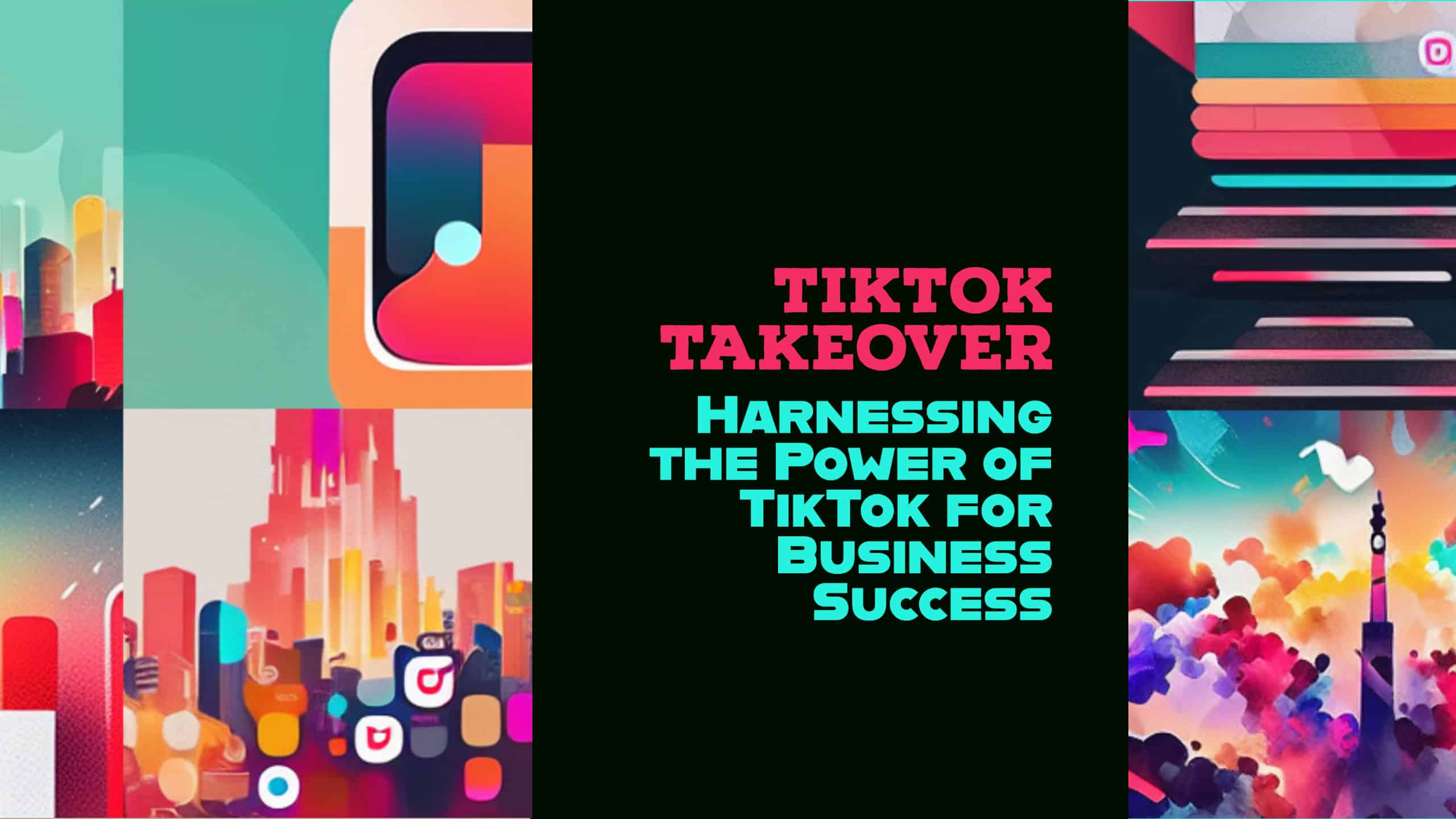Table of Contents
You may also interested:
Even though TikTok started in 2016, it was not until 2020 that TikTok for Business was added as a feature on the popular short video platform. Today, TikTok for Business has attracted many organisations and entrepreneurs seeking to use its “business suite” for organic marketing, paid marketing and influencer marketing.
What’s the deal with TikTok for Business?
At the onset, the first thing that a business should do in order to take advantage of the tools of TikTok for business is to convert their TikTok account into a business account. When someone registers a TikTok account, they are automatically given a “personal’” or “creator” account. They can then go ahead and convert that account into a “professional” or “business” account. Do note that even after conversion to a professional account, one can always go back to being a personal account if one so wishes.
With the professional account enabled, one can already access the ad manager. Now, in order to use the ads manager, you must first and foremost have a video to promote. The best businesses usually make a distinction between videos meant for organic marketing and videos meant for paid marketing. Videos meant for organic marketing are usually made out to be educational, entertaining or inspirational, the three kinds of videos that audiences have always been interested in watching since the days of Web 2.0 when creator-generated content became popular. Audiences are attracted to this kind of organic content because it resonates with or is useful to them. Videos meant for paid marketing are usually more directed in nature towards sales conversion. They feature a script which was written in a “copy writing” style that features a loop, a hook, a call to action and an allusion to scarcity and urgency. A loop is an idea that opens up the audience’s curiosity. A hook is a statement to show that the advertiser knows the pain points or the gains desired by the audience. A call to action is what the advertiser wants the audience who is interested in finding out more to do. This call to action will appear as a button on the TikTok ad, and the advertiser need only choose between the calls to action that TikTok offers. Finally, a statement of scarcity and urgency aids in getting the interested audience to take the call to action. Scarcity and urgency gives the sense that the offer is either limited in quantity or may not last long, and so the interested audience will get the sense that the call to action should be taken seriously.
How to use TikTok for Business?
When choosing a video to promote, it is best to go with a video that has been specifically created for paid marketing. Now, once you have that video ready, all you need to do is follow some simple steps to promote that video.
- Step 1: Go to the Business Suite and click on Promote
- Step 2: Select your goal: Get more views, get more followers, more website visits or more messages. Obviously, one should only choose more website visits if one has a website.
- Step 3: Choose the audience. One could either specifically set an audience, or let TikTok select an audience. If one were to allow TikTok to select the audience, TikTok will select an audience based on a “lookalike” of the account’s followers. That is to say, TikTok will promote the video to others who are of the same demographics and psychographics to that of the account’s existing followers.
- Step 4: Set a budget and duration
How to apply for TikTok for Business?
TikTok for Business also allows businesses to partner with creators, simplifying “influencer marketing”. In order to take advantage of this feature, one must additionally register for a TikTok for Business account at: https://www.tiktok.com/business/. Do note that this is a separate registration from the earlier conversion to a professional account. After one registers a TikTok for Business account, one can then link one’s professional account to the TikTok for Business account.
On the TikTok for Business platform, one will then be given access to The Creator Marketplace where businesses and content creators can collaborate. Businesses can search for registered content creators and approach them for paid promotions. Businesses can select the most appropriate influencers based on their country, type of content created, reach, gender and age.
Also on the TikTok for Business platform, one is able to partner with TikTok experts, in a section called TikTok Marketing Partners. These experts vary from those specialising in Campaign Management who can help with managing ad campaigns, to Measurement Partners whose strength lie in analytics, to Creative Partners who specialise in video content creating to Effects partners and Sound partners who use effects, filters and sound to add pizazz to video content.
Finally, on the TikTok for Business platform, one is able to create a TikTok Shop.
- Step 1: Add products and product details, such as photos, size options, price and colour.
- Step 2: Create an affiliate marketing program with content creators on TikTok. Merchants can approach content creators to promote their products, and if buyers use the affiliate link given to specific creators, the creators will receive no less than 10% as a commission.
- Step 3: Set up sales promotions to push for sales. There are options to set up product discounts, shipping fee discounts, flash deals (for a limited time only) and coupons.
Once these steps have been taken, the TikTok Shop will be live on TikTok. When customers place an order, businesses can check back on the shop manager platform. They will be able to manage orders as well as manage returns. It is imperative that businesses check on these details constantly so that orders are handled and shipped in a timely manner. Returns and refunds should also be processed without delay so as to avoid complaints.
A business with a TikTok shop will have a profile that looks a little bit different from a personal or business profile. A TikTok shop profile features a catalogue tab represented with a bag icon.
When a shop visitor clicks on the bag icon, they will see all the products listed in the catalogue. Visitors can add products to their shopping cart, and can subsequently be checked out and paid for whenever they wish.




